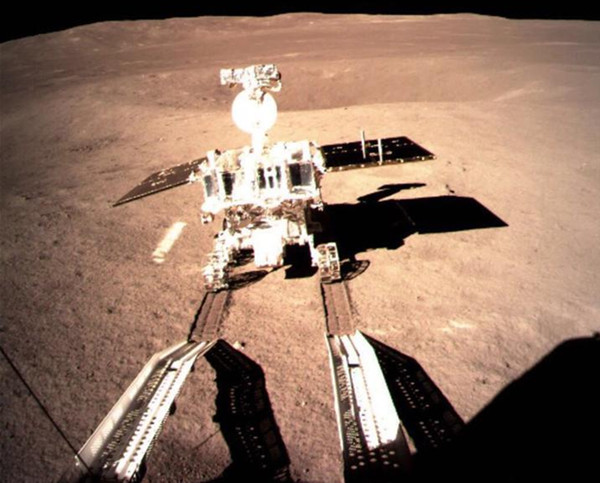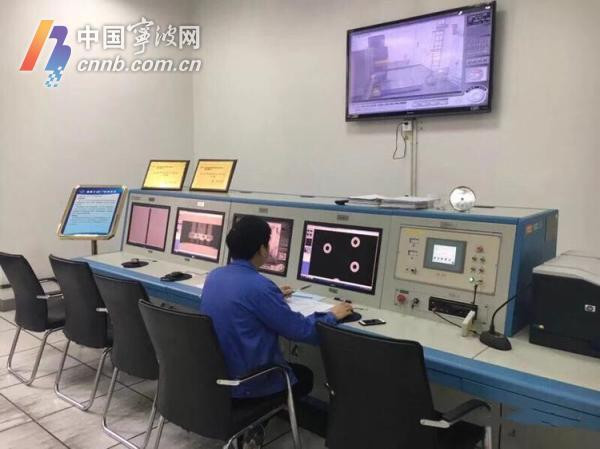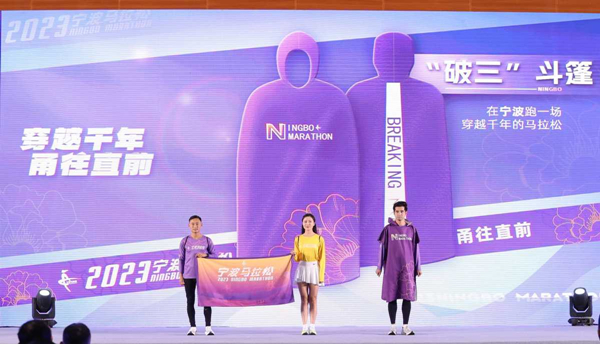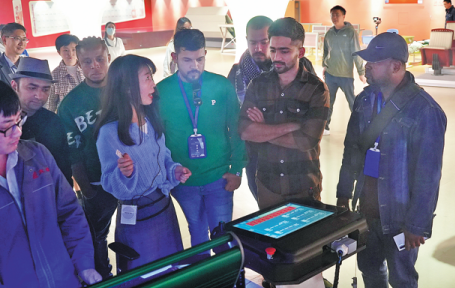Ningbo high-tech supports Chang'e 4 mission to moon

The Chang'e 4 lunar probe makes a soft landing on the far side of the moon on Jan 3. [Photo/zj.zjol.com]
The successful landing of China's Chang'e 4 lunar probe on Jan 3 on the far side of the moon, the first such landing in the history of space exploration, is down to the efforts of many research institutes in China who guaranteed the accuracy of the mission's every tiny detail. The Ordnance Science Institute of China (Ningbo Branch) is one of them.
The Ningbo branch of the institute was responsible for the testing of valve bodies in the probe.
"The valve bodies are like 'joints' of the probe that control the attitude, suspension and landing of the spacecraft," said a researcher from the Ningbo branch.
There are nearly 100 valve bodies in Chang'e 4 lunar probe, which places high demands for the precision of detecting instruments and the technical skills of scientists.
The Ningbo branch applied the high-precision industrial computerized tomography (CT) technology that it has developed for over two decades for the testing, and guaranteed the quality of the probe's valve bodies.
As an institute that pioneers the industrial CT testing technology in China, the Ningbo branch has run tests for many other national space products apart from the Chang'e series spacecrafts, including the Shenzhou series spacecrafts, and the Tiangong-1 and Tiangong-2 space labs.
It has cultivated over 300 talents in industrial CT testing to date.
"We will keep up with the cutting-edge global technologies in industrial testing, cultivate more professionals and develop more advanced equipment for broader applications," said a director from the Ningbo branch.

A researcher works at the laboratory of the Ordnance Science Institute of China (Ningbo Branch). [Photo/cnnb.com.cn]

 Delivering a high-quality lifestyle
Delivering a high-quality lifestyle  Frenchman's freight forwarding business in Ningbo
Frenchman's freight forwarding business in Ningbo  Chinese traditional architectural craftsmanship for timber-framed structures
Chinese traditional architectural craftsmanship for timber-framed structures 


